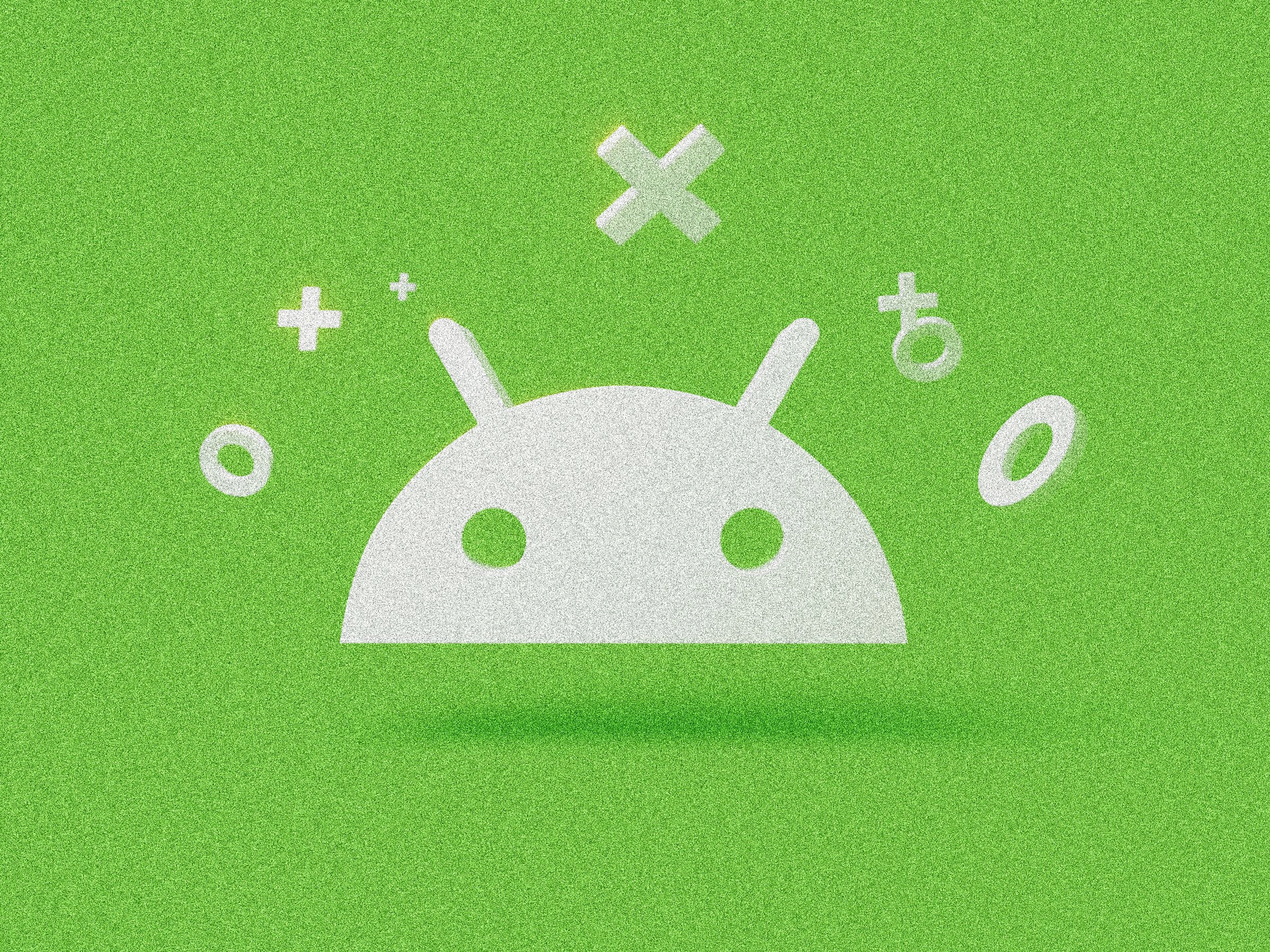Google I/O is on May 20, but the annual developer conference will be so jam-packed with announcements that Google is opening the valve to release some news early. Today, during a virtual event dubbed The Android Show, the company showed off several features coming to the Android 16, starting with a fresh redesign.
Here’s everything new coming to Google’s mobile operating system. Some of these features will arrive first on Pixel phones later this summer—presumably Google’s Pixel 10 series—but most will be a part of the big annual Android update, which is expected to arrive earlier than usual this year, in June.
Also be sure to read our overview of the use of on-device artificial intelligence to power Android’s new scam detection features.
Fresh Face
Photograph: Google
Android is getting a facelift with a new design language called Material 3 Expressive, and the emphasis this time is on personalization.
The last major redesign was four years ago when Material 3 debuted. That said, Google says this isn’t “Material 4,” and Material 3 Expressive isn’t a new version of the system. Expressive is the “most researched update,” through 46 studies with more than 18,000 participants.
Google claims the expressive language sprinkled throughout the operating system is preferred by people of all ages, scoring high on attributes like playfulness, energy, creativity, and friendliness. Crucially, Google claims that “users are more likely to switch to products that use M3 Expressive components and techniques.” That’s important when recent surveys have shown that 87 percent of teens own iPhones with no plans to switch.
Photograph: Google
Photograph: Google
There are fresh animations that will feel more responsive, like how swiping a notification away from the notification drawer will feel springy with haptic feedback, and the notifications above and below will react to that action. You can expect subtle animation changes when you dismiss an app in the Recents menu, play around with the volume slider, or even when you bring down the quick settings shade—you’ll see a blur effect over your home screen.
Fonts and typography are more emphasized, and Android 16 has more dynamic color themes, giving you more control over the operating system’s look, even in supported apps. Much of it is functional too—Google’s letting you squeeze more settings into the Quick Settings drawer, so you can quickly access tools like the Flashlight or Do Not Disturb mode.
Android 16 also takes a cue from Apple’s Live Activities features, pinning ongoing notifications from apps like DoorDash, Uber, or Google Maps on the lock screen so you don’t have to keep hopping into the app to check. They’ll stay on the screen even when the phone goes into standby mode.
Photograph: Google
These design updates extend to Wear OS 6 as well, catering to round smartwatch displays like those on the Pixel Watch 3. Dynamic color theming lets you customize the watch’s operating system to match your outfit, not just the watch face. Google says the animations are fluid while offering more depth, and buttons hug the display to make them more space-efficient and easily tappable. It’s not just design changes in the wearable operating system update—power and performance optimizations mean existing devices that get the update will see a 10 percent battery boost.
Apple is also expected to introduce a major redesign to its phone, tablet, and Mac operating systems during its WWDC developer conference on June 9.
Gemini Expands
Google Assistant is officially going away, replaced by Google’s souped-up Gemini chatbot. The main news ahead of Google I/O is that Gemini will replace Assistant on more platforms beyond just Android phones. In the coming months, Gemini will be the default voice assistant in Wear OS 6, Android Auto, cars with Google Built-in, Google TV, and Android XR.
Photograph: Google
In the car is where Gemini might shine the most. You won’t have to be as precise with requests—important when you should be focused on driving—and those requests can be more open-ended than ever. “Gemini can find you a charging station on the way to the post office that’s also near a park, so that you can go for a walk before your errands while your car is charging.” It also supports Gemini Live, so you can have a free-flowing back-and-forth conversation with the assistant in the car.
On Wear OS, you’ll be able to ask Gemini to remember things on your behalf, and since Gemini can connect directly to apps, you can ask specific details about an email a friend sent and get the answer on the watch. Gemini on platforms like Wear OS and Android Auto uses the same models as what’s on Android phones and will require an internet connection. There will be limited offline capabilities, but the company says it’s still “exploring the best way to bring an offline experience.”
Security Upgrades
Photograph: Google
Google has made a name for itself with its call protection features that help fend off robocalls and scams on its Pixel phones. That blocking prowess is making its way further into native Android. For example, if you’re on a call on any phone running Android 16 with somebody who isn’t in your contacts list, the phone will now block specific actions like disabling Google Play Protect, app sideloading, and granting accessibility permissions—actions that can help scammers access sensitive data stored on your phone.
There are some screen-sharing security upgrades as well. If you’re on the phone with someone and sharing your screen with them, Android will prompt you to stop sharing when the call ends. Google’s also piloting in-call protections for banking apps starting in the UK—you’ll get a warning when you open a banking app while screen sharing and on the phone.
Google says its on-device Scam Detection tech in the Google Messages texting app can now spot more text scams, from crypto to toll road scams. The company says it is using on-device AI to accomplish this. Within Google Messages, there’s also a new Key Verifier tool so you and the other party can verify each other using public encryption keys, by scanning a QR code or number comparison in the Google Contacts app.
Android 16 will have stronger factory reset protections, restricting all functions for devices reset without the owner’s authorization. And one-time passcodes will be hidden from your lock screen in high-risk environments, like when you’re not connected to Wi-Fi and haven’t recently unlocked your phone.
Find Hub
Photograph: Google
The last big new change is for Google’s Find My Devices app—it’s getting a rebrand to “Find Hub.” Google has been slow to catch up to the capabilities of Apple’s expansive Find My network, which not only allows hardware owners to find lost devices, but also allows family and friends to share their location with each other.
In 2024, Google added some major updates that allowed offline devices and select phones with dead batteries to be tracked, and widened support to third-party trackers. More importantly, every Android phone can now help anonymously search for other people’s missing gadgets, much like how Apple’s system works.
So the Find Hub name change makes sense—the app is no longer just for your devices, as loved ones can share their location so you can make sure they got home fine. Google says more third-party tracker support is on the way, from an integration with Peak to find lost skis, to upcoming ultra-wideband support with the Moto Tag from Motorola. Later this year, Find Hub will integrate satellite connectivity on compatible devices, and you’ll be able to share your Bluetooth tracker’s location with select airlines in 2026, a feature available with AirTags and iPhones.



